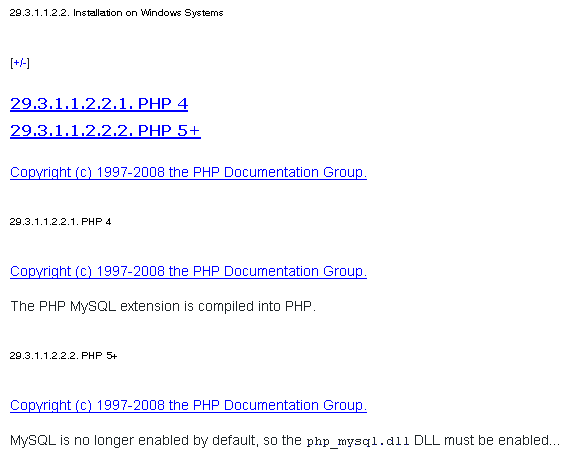Use your wisdom to beat the odds
There are so many adages that apply just as well to computers and software as anywhere else in life: be prepared! An ounce of prevention is.... The wise ones will use prevention to their advantage.
For example, if you run a hosting server, and a users' domain name is about to expire, would you rather:
- Send a short email or make a phone call to check it will be renewed by them? Or,
- Wait until the weekend, the web site may or may not go down. If it goes down, you may be scrambling to try and fix it.
You can think of it in terms of a game of chance. Let's say sending the reminder will take 10% of the time and headache a downtime causes. 50% of the time, the domain name doesn't get renewed, and the downtime is caused. Then that ounce of prevention wins.
It's not magic to keep computers running and keep bugs to a minimum, though to some it seems like the "black arts". Developers and IT professionals experience much they wish never to repeat again. The good ones will learn from their experiences, and if there's a known cause, next time that situation appears they prevent the bad experience from happening again.
As the years go by, this experience and knowledge starts to gel into some kind of wisdom. Wisdom is not just about fixing all the problems you've seen before , but is more like a "gut feeling" about what is a good choice and what is a not so good choice, and what you should or shouldn't do.
A couple years ago I was discussing this with a someone. Well, I was probably just blathering on about how I had fixed something that I noticed was wrong in some software, but this error was not my responsibility. Funny enough, she has done the same thing before, and for the same reason. We didn't fix the error primarily because we care about the customer. We fixed the errors because when it goes disastrously wrong, we will have to fix it, and it will be far more time consuming and frustrating to fix it than to ensure it never happens in the first place.
In software development, this wisdom works in an ongoing basis. We anticipate how the application will evolve over time. Perhaps we'll add a field in a database table for the date a record was created, because there's a good chance we may need it in the future. I'm sure there are hundreds of ways wisdom allows software and computers to run more smoothly. Unfortunately wisdom cannot be taught, so to gain more wisdom always be one the lookout for ways to anticipate disaster (and prevent it).




